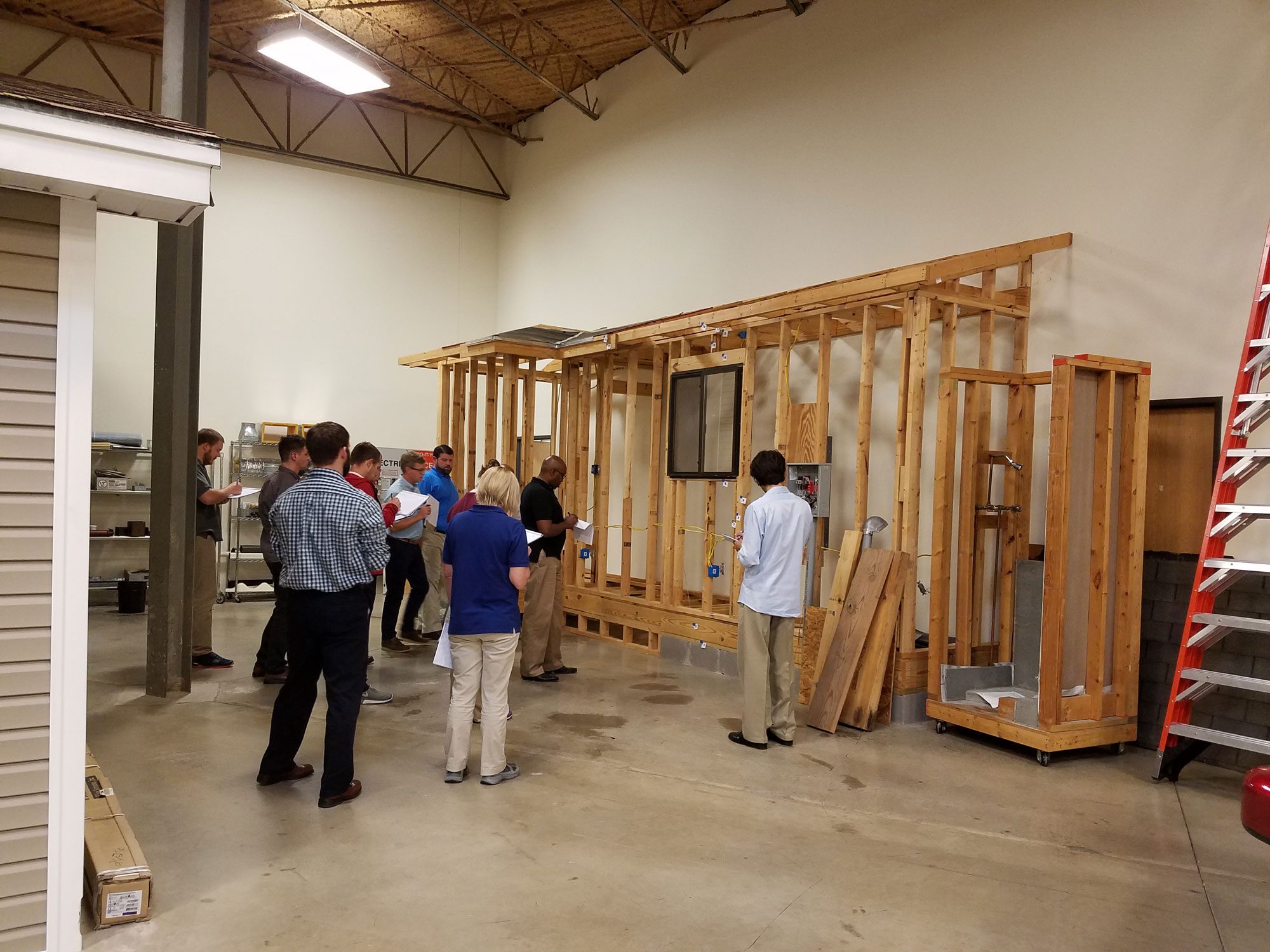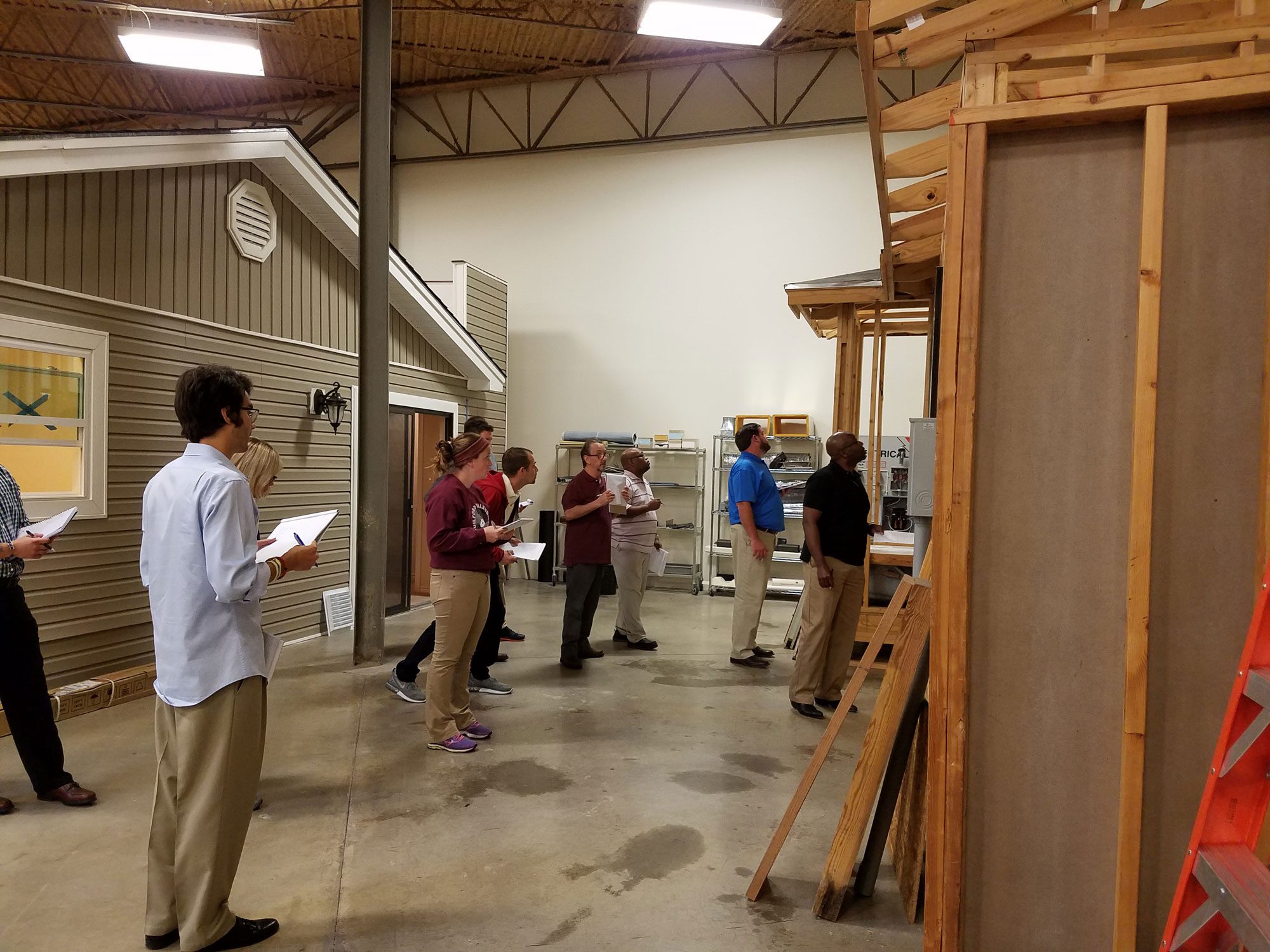In a mere three-week span late this past summer, the United States was bombarded by three hurricanes, resulting in catastrophic damage to properties and claims that needed to be handled quickly. Such a drastic need highlighted a problem for the insurance industry: a shortage of trained claims adjusters.
Loss adjusting firm Cunningham Lindsey, through its subsidiary Vale Training Solutions, adapted its training program to train nearly 60 loss adjusters in just a few weeks in the wake of the natural disasters.
Vale began by launching an email campaign among a network of family, friends, social media followers and email contacts from previous classes.

Through the campaign, Vale spread word about its free courses, and within 48 hours, it received 400 applications. The application included a detailed survey that let Vale quickly identify candidates who were likely to succeed in the role.
Unexpected demand for trained workers can occur in any industry, and CLOs must be prepared to train a large number of people in a short amount of time.
Know Your Students
According to Vale Vice President Doug Dell, the survey included with the training program application was instrumental in the program’s success.
The survey identified the role’s requirements, such as being able to carry a ladder, climb a roof or navigate an area without electricity, which Dell said served to weed out people who weren’t qualified for the job. The survey asked about people’s backgrounds; most came from construction, real estate or other adjusting programs. It also tested math skills and insurance background knowledge and required applicants to write a short narrative about why they wanted the role.
“That part of the survey was most telling to me because you get to know someone by the way they answer, and you know they are going to take care of your client,” Dell said.
From the 400 completed applications, Vale selected about 50 to 60 applicants, and all but one completed the training program and were deployed.
Practical Practice
Training was held at the Vale training facility in Dallas and the Rollins Learning Center campus in Atlanta. Each course had a Vale instructor and a team lead, usually someone with ample field experience who could oversee the students.
Vale condensed its standardized classroom course, typically delivered in three weeks, into a six-day training program. The shortened course included 10 to 15 hours of prework and evening classes. A typical day included classroom training and practice in the field from 8 a.m. to 5 p.m. and 6:30 p.m. to 9 p.m. with a break in-between.
“When we say classroom, we mean it’s a class setting but they spend a lot of time in the field,” Dell said. “It’s experiential, it’s hands-on.”
Dell said most days involved going out into the field to scope losses. They used a mock house to simulate various damage scenarios, primarily wind and water damage. Instructors would ask the students to measure a room, identify materials and write up a report using the industry-specific software. Dell said the process repeated five or 10 times depending on the class, and each time they saw the students improving.

Former firefighter Alan Young took part in the Atlanta training after a friend in the insurance agency told him about the opportunity. “We were able to go out and put into practice what we were learning in the classroom,” he said. “By the end of the six days, I didn’t realize it but I was ready to go out into the field.”
Young said he felt overwhelmed at times, but never to the point where he didn’t think he would be able to succeed in the role.
More than 50 adjusters graduated and were immediately deployed with the loss adjusting teams in Texas and Florida. As Vale deployed the new adjusters into the field, the team lead from each class joined them to ensure the first claims they handled independently were processed correctly.
“Doing that two or three times built the confidence level of the adjuster so they knew they could operate on their own,” Dell said. “The team leads really became an important support mechanism for students once they were turned out into the field.”
Young said the program gave him the information he needed to be a successful loss adjuster; it was just a matter of gaining experience and becoming more proficient at it. He praised his Vale instructor, Elizabeth Ramirez, for understanding her audience, breaking down the content in a way that was easy to understand and customizing it to the level each student required.
“There were people in there who had 20 years of experience in construction business in some form, and then there were other people who had next to no experience,” Young said. “It was a learning curve just because I needed more repetition with it.”
Personally, Young wished the training had been a little longer than six days, but he said that was more of a comfort factor.
“There are a lot of nuances to the program, but if you just get the meat and potatoes from it and know how to navigate through it and pull out the information you need, you can always go deeper,” Young said. “They gave you the road map.”
Young has been working in Florida since completing the training and plans to continue a career as a loss adjuster.
Ave Rio is a Chief Learning Officer associate editor. Comment below or email editor@CLOmedia.com.















